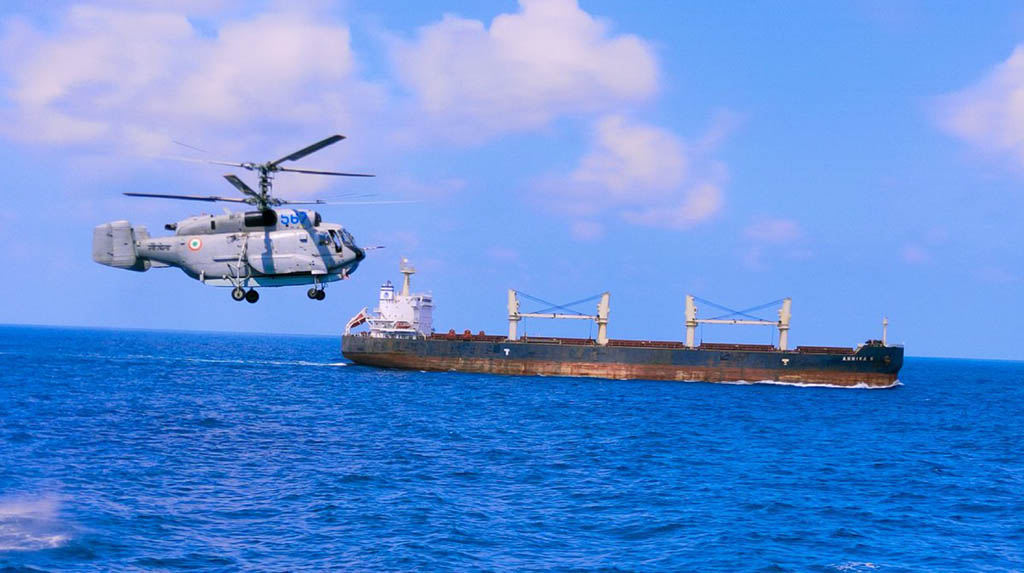New Delhi: Just a month to go for the biggest multilateral naval exercise — Milan – in the Indian Ocean, Indian Navy chief Admiral Karambir Singh said that the exercise “offers an opportunity for friendly navies to engage as professionals, learn from each other, and absorb best practices in the maritime domain.”
“Milan 2020 includes a wider array of exercises at sea in multi-national groupings with seamanship drills, simulation of complex operational scenarios, tactical manoeuvres and others,” Admiral Singh said.
He stressed that each event is aimed at honing the skills of operators, maintainers, planners and executors across the full range of skill-sets, responsibilities and authority onboard a warship.
Forty-two countries, including the US and Russia and some others who don’t have much in common, have been invited to Milan, which will be conducted at Visakhapatnam, Andhra Pradesh, in March.
The theme for Milan is ‘Synergy Across the Seas’.
Indian Navy chief also said the exercise would provide an opportunity for operational commanders to exchange ideas on common maritime priorities and challenges being faced, as also identify possible solutions.
The harbour phase of the exercise would allow participating navies to discuss maritime subjects of common concern and share solutions.
Milan, a multilateral naval exercise hosted by India, made a modest beginning in the Andaman and Nicobar Islands in 1995 with participation of four littoral navies.
“It is biennial congregation of friendly navies,” Navy Spokesperson Commander Vivek Madhwal said.
He said that it will provide an “excellent opportunity to the participating navies to come together to nurture stronger ties besides fostering co-operation through naval exercises and professional interactions”.
Over the last two decades and half, it has progressively grown in magnitude with the previous edition in 2018 being attended by 17 countries.
The exercise is restricted to only friendly countries. India has not invited Chinese Navy for the exercise. The Indian Navy has been watchful of the Chinese presence since 2008.
Last year in September, the Indian Navy directed a Chinese research vessel, Shi Yan 1, to leave from India’s Exclusive Economic Zone (EEZ) in the Bay of Bengal after it was detected there.




